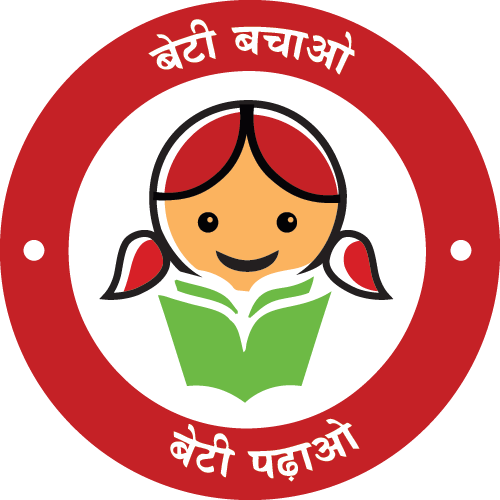Dr. Charu Walikhanna, Member, Inspected Model Central Jail, Kanda, Shimla On 23.04.2013
Dr. Charu WaliKhanna, Member, visited Shimla and met Ms. Dhaneshwari Thakur, Chairperson, Himachal Pradesh State Commission for Women and other staff members. She presented them with the ‘NCW Wallet book’ and a set of publications on rights of women developed by NCW with request that the information in the legal awareness books be disseminated upto the village level, so that women become aware of their rights..
Dr. Charu WaliKhanna Member inspected Model Central Jail, Kanda, Shimla on 23.04.2013 and met female inmates and made the following recommendations among others.
A) Jail visits– Travel in mountainous region is often long and grueling, hence discouraging visits. Thus in order to encourage visits for female inmates timing and days be made more flexible. More telephone calls encouraged
B) Physical and Mental Health – Health care facilities to be enhanced, specially fortnightly visit by gynecologist. Even the Session Judge, Shimla (HP) in his report of the inspection conducted on 22.12.2012 has stated in Para 2 “During jail inspection it is observed by undersigned that in spite of direction issued earlier, no medical officer has been deputed in jail premises.... during last visit it was also observed by me that no lady Medical Officer for treatment of ladies under trial or convict prisoner has been deputed.”
C) Need for sponsoring research on MENTAL HEALTH NEEDS of FEMALE INMATES IN JAIL –The extent of mental health problems of women prisoners is a little explored area, but appears to be extraordinarily high, including a high proportion who were suffering from mental health problems before incarceration.
D) Difficulty faced by inmates- During the personal interaction Member observed that female convicts face difficulty due to change in rules. An inmate has undergone approximately 17 years imprisonment and has frequently visited her hometown where she has land in her name. Since, the bail amount has been increased under the revised rules to Rs.1.00 lakh and there is no one to give surety for her, she is facing difficulty. The DC, Kangra, (HP) to look into the matter and take appropriate action in accordance with law.
E) Remission of sentence - National Human Rights Commission to review guidelines for remission of sentence in which the minimum period undergone has been increased from 8 to 14 years for female convicts and reduce it to 8 years.
I) Gender and Crime – i). Gender-responsive sentencing reforms need to be put in place to aid women since incarcerating women does not solve the problems that underlie their involvement in the criminal justice system. Their imprisonment creates enormous turmoil and suffering for their children.
ii) The impact of incarcerating women, is different from that of men. Women prisoners were more likely to be primary caretakers of children, and their absence can place unique strains on families, an example of which is Ms.’C‘ whose husband was paralysed , she herself is suffering from numerous medical ailments including the fact that her right eye vision is ‘nil’. The relationship between gender differences, and criminal behaviour is complex and a number of factors need to be taken into account, including environmental and cultural factors, especially in India a country of hetrogenous cultures. It is observed that in urban/city areas women are alleged to have committed petty crimes of shoplifting, theft OR assault against spouse, lover, or child out of desperation etc. On the contrary in hill regions petty offences are uncommon and crimes mostly related to land including homicide in which whole families are involved, examples are the female life convicts in the Kanda jail. Thus there is an imperative need for study of what role, if any, gender plays in explaining criminal behaviour, given that most crime committed by women is economic or responses to violence on them (example Ms. D).
iii) In addition it is important to understand and address the problems that women from vulnerable sections of society face in systems that do not recognize and accommodate their special needs i.e. women at the bottom of the pyramid- SC/ST women (e.g. Ms. C).




















